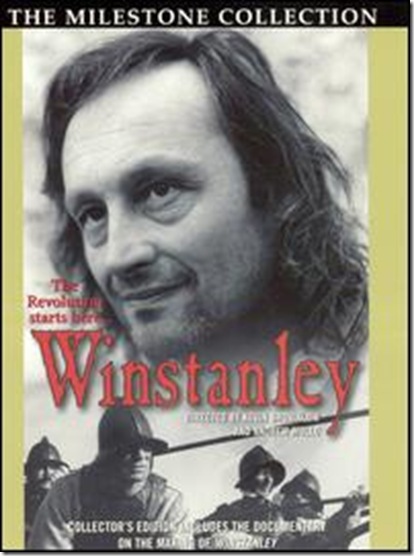In the end it all gets back to land. Looking back, I see that a link that runs through my life concerns the right to land and property on it. Shared out equally, there would be a couple of acres for every adult living in Britain. That would mean each family or group could have a reasonably sized small holding of ten or twenty acres and learn once again to become self sufficient. The present day reality is the reverse, with some folk owning hundreds of thousands of acres and others owning none. There’s talk of community in war time. We can be ordered to go and fight and die for Queen and country. In peace time is it too much to ask for just a few square yards of our green and pleasant land to rear our children on? That’s all we want, myself and the squatters and travellers and other people in the many projects I’ve been involved with. Just a few square yards of this land that we can in wartime be asked to go out and die for. And if we ever achieve that, what else? What else is what I call the Vision of Albion.
Sid Rawle – activist and organiser of squats, communes and music festivals
Winstanley is a 1975 film directed by Kevin Brownlow and Andrew Mollo. It received a very limited release at the time and was all but forgotten in subsequent decades. A BFI Southbank revival and DVD release in 2009, however, went some way to restoring the reputation of Brownlow and Mollo’s work as a thought-provoking examination of Gerrard Winstanley and the English Revolution.
Winstanley is a film that cuts through the ‘roundheads versus cavaliers’ knockabout that so much of our popular understanding of the English Civil War has become and reminds us of the titanic political forces that the conflict released. Gerrard Winstanley was a political activist who, with a group of fellow Diggers, occupied St George’s Hill in Surrey in April 1649 with the aim of setting up an agrarian commune. The same St George’s Hill that is now that most desirable of Home Counties locations and was once home to John Lennon. ‘Imagine no possessions’. Indeed, John.
This is a flawed film. To ensure historical accuracy, much of the dialogue used by the actor playing Winstanley is based on the historic Winstanley’s published speeches, which often gives the action a somewhat wooden character. The fact that it was also made on a very limited budget and with an amateur cast tends to show through too.
But despite all of this, the central performance by Miles Halliwell, an unknown actor and school teacher, still manages to bring startling passion and genuine warmth to the part. Kevin Brownlow creates a vision of an England in turmoil and presents it in stark monochrome beauty, while Andrew Mollo pays painstaking attention to the historical accuracy of all the clothing and uniforms in the film, even going so far as to borrow armour from the Tower of London. The directors also managed to find a part in their film for Sid Rawle, who plays a charismatic Ranter. In other words, he plays himself.
Brownlow and Mollo had worked together before; as teenagers they made a film called It Happened Here, a vision of an imagined Nazi-occupied Britain, for just £5,000. In 2011 Brownlow was interviewed about his work at a BFI/NFTS event. The interview is available here.
Winstanley’s aim was to free up Britain’s common land for the poor and landless so that they were able to grow their own food. To give access to land for those who had no land of their own before Cromwell’s revolution, nor indeed after it. The St George’s Hill commune lasted just five months; Winstanley and his comrades were forced to move on by militia men and local thugs hired by the landowners whom the Diggers’ occupation threatened.
But surely everything is different now? We have the ‘right to roam’ on any uncultivated land in our countryside and our land-owning aristocracy are corralled mainly into National Trust-administered reservations. Not so, according to the 2010 Country Life magazine report ‘Who Owns Britain?’ The report highlights the following facts:
- Just 0.6% of Britain’s population own 50% of our rural land;
- Of this land-owning group, the vast majority of land is in the hands of a core of 1,200 aristocrats;
- The top ten biggest individual owners control over a million acres between them;
- The biggest individual landowner is the Duke of Buccleuch and Queensbury with 240,000 acres; and
- Large corporate and financial interests are fast moving into rural land ownership.
Gerrard Winstanley would, no doubt, turn in his grave if he knew how little change there had been in land ownership since his time.
The sin of property
We do disdain
No man has any right to buy and sell
The earth for private gain
By theft and murder
They took the land
Now everywhere the walls
Spring up at their command
Leon Rosselson – ‘The World Turned Upside Down’

